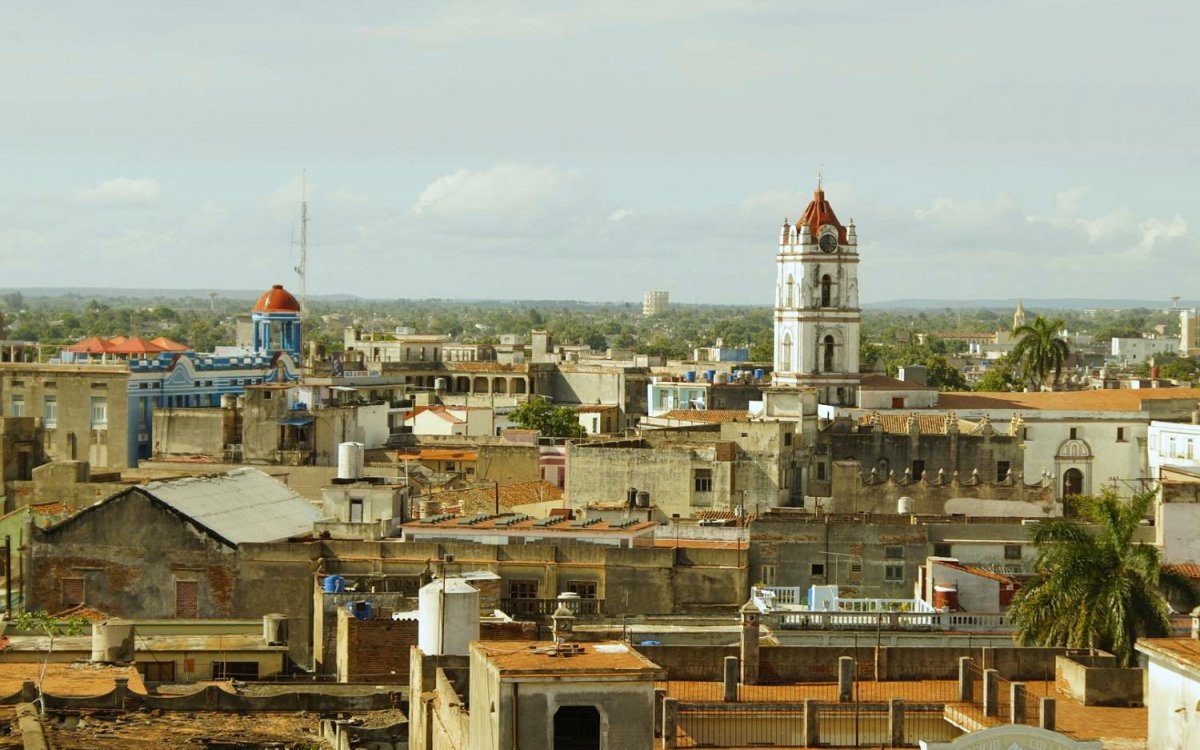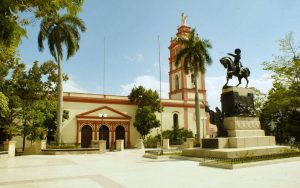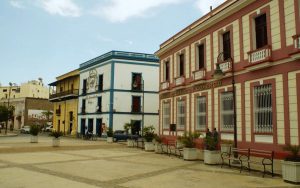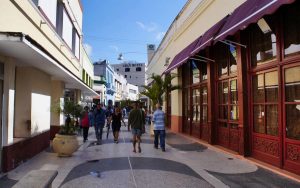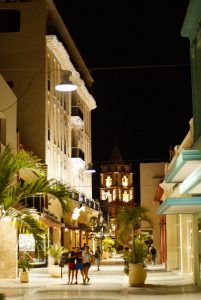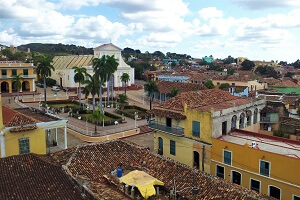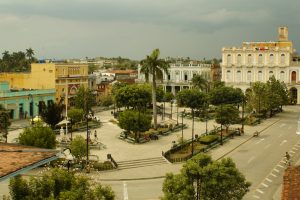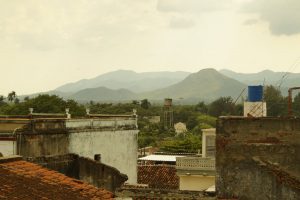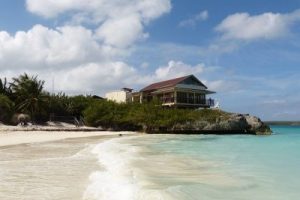Camagüey

Updated: Dec 19, 2022
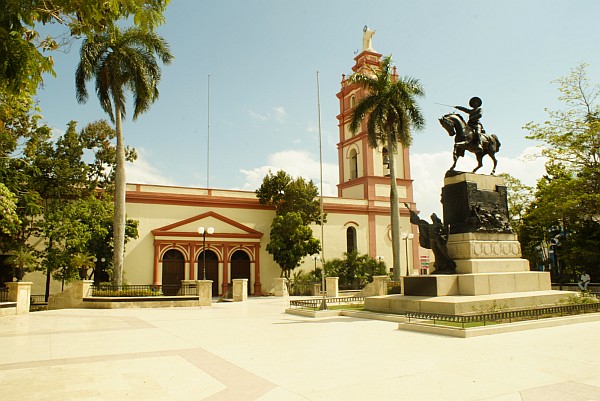
Updated: Dec 19, 2022
When talking about Cuban cities, many think of Havana and maybe Santiago de Cuba. Camagüey is the third largest in the country, but not well known outside of Cuba. The city serves often only as a gateway to the dream beaches of the cayos located somewhat further north. However, Camagüey has a lot to offer, from a cultural point of view. Thecity has also its own flair, which is not least due to the charming historic city center. Camagüey is not only worth a visit because of its beauty, but also because it is an authentic Cuban city, as tourism is far less developed than in the heavily visited towns.
Camagüey was founded in 1514 and belongs to the oldest cities in Cuba. The foundation was made by Diego Velázquez, who had laid out the first seven cities - the so-called villas. With a population of about one third of a million, it is considered the third-largest city in Cuba. The historic center has beautiful squares with many colonial buildings, with baroque portals, colonial wooden balconies and turned window grilles.
The clean and cozy center is characterized by - for Cuba very untypical - winding streets. The origin of the city structure, with labyrinth-like streets - most towns in Cuba are designed like a chessboard - probably originates from plundering by pirates. To protect it from new raids, the city was moved inland as early as 1528, which is just as atypical, and rebuilt in the labyrinthine way to mislead potential invaders. However, it did not prevent the English pirate Henry Morgan from plundering the city in 1668. But Morgen was not the only pirate to raid the town, which lies about 60 kilometers from the coast.
The most important son of the city is Ignacio Agramonte (1841-1873), one of the most important Cuban freedom fighters, that was a general of the rebels and was killed in the first war of independence.
­
Sights
The most important sights are located in the protected historic old town, which has been recognized as the ninth Cuban UNESCO World Heritage Site since 2008. Camagüey is also known for its numerous churches and the tradition of large clay water jugs in which rainwater was collected during the colonial era - while the city suffered constantly from water shortages.
These tinajones, as the man-sized, bellied vessels made of red clay are called, have a diameter of up to three meters. The oldest preserved clay jar dates back to 1760. Wealthy inhabitants decorated the rooms of their estates with decorative tinajones, for which special pieces of furniture were made. They contained not only water, but also wine.
Noticeable are also various bronze figures that visitors encounter at several places while strolling through the cobblestone alleys of the city center. In two lively pedestrian zones, culture and music are frequently offered. The most important sights can be explored on an extended walk.
The following overview provides an overview of the most important sights.
Squares
- The Parque Ignacio Agramonte is the most important gathering place of the city. In the center of the square stands a statue of the freedom fighter Ignacio Agramonte. The southern edge of the square is dominated by the Cathedral of Camagüey (Catedral de Nuestra Señora de la Candelaria). Locals like to meet at the green square during evenings to chat on one of the marble benches. There are a number of restaurants near the square. The Café Ciudad, located right at the square, is an excellent place to take a break and enjoy a good cup of coffee.
- The Plaza de los Trabajadores is considered one of the most important squares in Camagüey. The large kapok tree in the middle of the square is symbolic for the center of the old town. On the square there are several commercial banks, the birthplace of Agramonte (Casa Natal de Ignacio Agramonte) and the Inglesia de La Merced, that is considered as one of the most beautiful churches in Cuba.
- The Plaza del Carmen, located just over half a kilometer west of the city center, is another worth seeing square. At the western end of the square stands the Iglesia de Nuestra Senora del Carmen. Until a few years ago, most of the buildings around the square were crumbling, but now they have been lovingly restored.
- The Plaza San Juan de Dios is one of the most beautiful squares within the historic center. The square is dominated by the same-named church, that was built in 1728. One can visit the adjacent former hospital, which now houses the Museo de San Juan de Dios. There is also a nice restaurant in the square and a number of small art galleries in the surrounding area.
Museums
- The Museo Provincial Ignacio Agramonte documents the city's history, it has made history itself: originally built in 1848 as a cavalry barracks, it was transformed into the city's first hotel by the railroad company in 1905. After a seven-year restoration, the Provincial Museum was finally opened in 1955. In several exhibition rooms, one can learn about the history of the town and the province in a very informative way. There is also a nice collection of Cuban art, surpassed nationwide only by the large museums in Havana. The entrance fee is 2 USD.
- The museum San Juan de Dios lies at that the same named square. The building is part church and in part an old hospital, whose history dates back to the first half of the 18th century. The museum provides information about the history of the building as well as the history of the city. The entrance fee is 2 USD per person.
- The Casa natal de Ignacio Agramonte is the birthplace of the Cuban independence fighter Ignacio Agramonte. Agramonte fought in countless battles against the Spanish colonial power and fell on April 11, 1873 at the age of 32. In honor of Argamonte, a museum has been established in the charming mansion with the typical wooden balconies dating back to the 18th century, and it is one of the most important sights of Camagüey. The exhibition shows the magnificent furniture of the period and gives information about the life of Agramonte and his family. At the time of the Batista dictatorship, revolutionaries met in the house.
Churches & Places of worship
- At the small but beautiful Parque Marti there is the Iglesia del Sagrado Corazón de Jesús. The church has the highest tower in the city and is one of the few neo-Gothic churches in Cuba.
- The Catedral de Nuestra Señora de la Candelaria is located in the central Parque Argamomte. During the day, it is possible to visit the interior of the cathedral, which was built in 1868 in Neo-Moorish style. From the top of the tower, you can enjoy a wonderful panoramic view over the whole city. Who wants to climb the tower, contributes a one USD.
- The Iglesia de Nuestra Senora del Carmen is located at the same-named square. The church symmetrical towers was built in 1825 together with an adjacent monastery.
- Located in the central Plaza de los Trabajadores, lies the Inglesia de Nuestra Senora de la Merced, which was built in 1748.
- The baroque Iglesia de Nuestra Señora de la Soledad dates back to 1779. The church and was recently renovated and visitors can admire beautiful baroque frescoes.
Arts & Culture
- The Teatro Principal is the most important theater in Camagüey and thus an important place of the public life. Built during the 19th century, the building's entrance features magnificent chandeliers, stained-glass windows and a stately marble staircase. When the Ballet of Camagüey dances or the symphony orchestra plays, crowds of visitors come. Anyone who wants to take part in such a worthwhile spectacle can purchase tickets at the entrance just before the performance starts. The entrance fee is 10 USD. At the beginning of October, Camagüey participates in the annual nationwide theater festival.
- At the Plaza del Carmen, one can visit the Martha Jiménez Ceramic Workshop and Gallery, which is well worth seeing. Jiménez is the artist who also designed the life-size figures that adorn the Plaza del Carmen. There are lots of interesting exhibits in the gallery. If you like, the paintings, sculptures and figurines can also be purchased. The entrance is free.
- The Casa de Arte Jover features the works of Cuban artists Joel Jover and Ileana Sánchez. The gallery is located in the central Plaza Agramonte, inside the artists' home, and features a number of antiques as well as works of art. The entrance is free.
­
Eat & Drink
In the historical city center, you can find a couple of charming restaurants.
- At La Campana de Toledo you will enjoy quite good meals and enjoy a terrace in the green courtyard. Live music is often played. Menus are offered, with an appetizer (salad & fruits), main course and dessert.
- In the nice Café Ciudad you can get a decent coffee, smaller breakfasts and during the day also some normal meals. You can sit in the quiet courtyard or in front of the restaurant directly at the Parque Agramonte.
- Also located directly at Parque Agramonte there is the Pizzeria La Salsa. The small fast food restaurant is open 24/7 and offers pizzas and other modest dishes. The dishes are very affordable but have a decent quality. Therefore, it is often quite crowded, especially late in the evening, when there are no more alternatives.
­
Nightlife
Much of the nightlife takes place in the beautiful historic city center. Residents like to gather at the central Parque Agramonte or to stroll through the pedestrian zones.
A popular meeting place of locals and visitors is the cafeteria Las Ruinas, which is open until late at night.
­
Excursions
If you want to go on guided excursions, you will be able to book with Ecotur or Camaguax. The office of Ecotur is located directly at Parque Argamonte. It offers excursions to Finca La Belén, Sierra del Chorrillo and Reserva Ecológica Limones-Tuabaquey.
The private tour company Camaguax has an office not far from Parque Marti. Camaguax offers a range of city tours, excursions and activities. An overview of all offers and prices can be found on the website of the provider.
­
Transport
The city of Camagüey is located along the important east-west connection, so that all buses and trains on the Havana-Santiago route pass the city. The bus station is located a little south of the city center. Since the distance on foot is a bit far, it is best to take a cab, which should not cost more than 5 to 10 USD. Backpackers can also take the city bus or one of the horse-drawn carriages, both of which leave from Calle Cuba, not far from the Casino Campestre city park.
At the station, five Viazul buses run daily to Havana and the east. Eastbound, two buses go to Holguín and three to Santiago de Cuba. With a little luck, you can also catch affordable shared cabs in both directions.
If you want to travel by train, you have to go to the train station, which is located a bit north of the city center. From there, trains depart to Havana and Santiago. For details on trips, see the article on railroads in Cuba. The station can be reached from the center in a few minutes by bicycle cab, while the price should not be more than 1 USD per person. A regular cab should not cost more than 5 USD.
­
Accommodation
When staying overnight in Camagüey, the best place to stay is in the historic old town. The best locations are between Parque Agramonte and Plaza de los Trabajadores, from there you can reach the most important sights in a few minutes walk.

